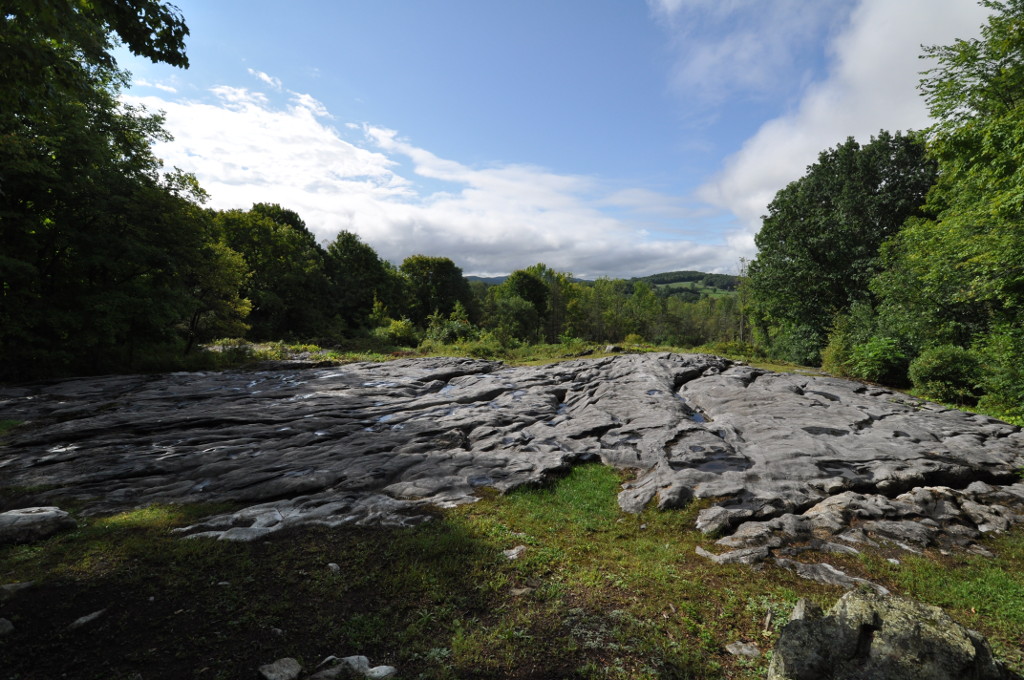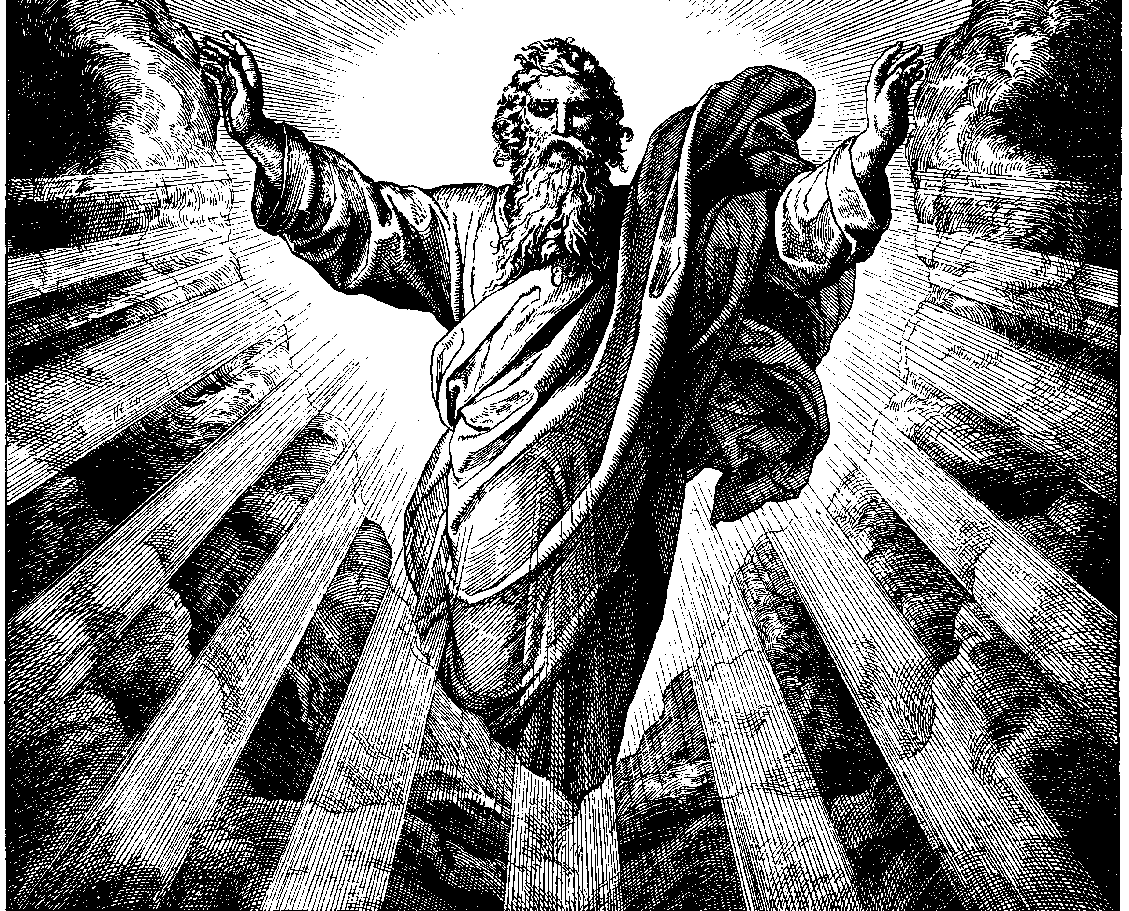|
World Mission Society Church Of God
The World Mission Society Church of God is a new religious movement established by Ahn Sahng-hong in South Korea in 1964.James, Jonathan D., Edith Cowan University, editor"The Southern Factor: Prospects and Challenges,"from book ''A Moving Faith: Mega Churches go South,'' 2015, Sage Publications, Los Angeles and New Delhi, retrieved 2018-05-23. Ex-members and several experts have called it a cult. The church believes that founder Ahn Sahng-hong is the Second Coming of Jesus, and that Zahng Gil-jah is God incarnate, in the form of "God the Mother". Its headquarters as well as its main church are located Sungnam City, Kyunggi Province, near Seoul. History Founding Ahn Sahng-hong founded the ''Church of God'' in South Korea on 28 April 1964. During his lifetime, there were 13 branches, and the headquarters were located in Busan. After Ahn Sahng-hong died on 25 February 1985, a general assembly of all the church leaders was held in Busan on 4 March 1985. In this meeting, th ... [...More Info...] [...Related Items...] OR: [Wikipedia] [Google] [Baidu] |
Capitol Hill
Capitol Hill is a neighborhoods in Washington, D.C., neighborhood in Washington, D.C., located in both the Northeast, Washington, D.C., Northeast and Southeast, Washington, D.C., Southeast quadrants. It is bounded by 14th Street SE & NE, F Street NE, Southeast Boulevard SE, and South Capitol Street SE. Dominated by the United States Capitol, which sits on the highest point of Capitol Hill, it is one of the oldest historic districts in Washington. The neighborhood has a high concentration of rowhouses, largely dating from the 19th century. Home to around 35,000 people in just under , Capitol Hill is also one of the most densely populated neighborhoods in Washington. The name ''Capitol Hill'' is frequently used as a metonym for the United States Congress, U.S. Congress. Capitol Hill is famed as a center of the United States Government, United States government, home to numerous important institutions including the U.S. Congress, the Supreme Court of the United States, Supreme ... [...More Info...] [...Related Items...] OR: [Wikipedia] [Google] [Baidu] |
Sung-nam City
Seongnam (; ) is the fourth largest city in South Korea's Gyeonggi Province after Suwon and the 10th largest city in the country. Its population is approximately one million. It consists of three administrative districts: Bundang District, Jungwon District, and Sujeong District. Seongnam, one of the foremost planned cities in South Korean history, was conceived during the era of President Park Chung Hee for the purpose of industrializing the nation by concentrating electronic, textile, and petrochemical facilities there during the 1970s and 1980s. The city featured a network of roads, to Seoul and other major cities like Gwangju, Gyeonggi, from the early 1970s on. Today, Seongnam has merged with the metropolitan network of Seoul. Seongnam has also served as a ′test bed′ of South Korea's urban planning history. Bundang, one of the successful new town projects in the country, has been settled in a southern half of Seongnam since 1991. The city is also home to K League fo ... [...More Info...] [...Related Items...] OR: [Wikipedia] [Google] [Baidu] |
Sunset
Sunset (or sundown) is the disappearance of the Sun at the end of the Sun path, below the horizon of the Earth (or any other astronomical object in the Solar System) due to its Earth's rotation, rotation. As viewed from everywhere on Earth, it is a phenomenon that happens approximately once every 24 hours, except in areas close to the Geographical pole, poles. The equinox Sun sets due west at the moment of both the spring and autumn equinoxes. As viewed from the Northern Hemisphere, the Sun sets to the northwest (or not at all) in the spring and summer, and to the southwest in the autumn and winter; these seasons are reversed for the Southern Hemisphere. The sunset is defined in astronomy the moment the upper limb of the Sun disappears below the horizon. Near the horizon, atmospheric refraction causes sunlight rays to be distorted to such an extent that geometrically the solar disk is already about one diameter below the horizon when a sunset is observed. Sunset is distinct from ... [...More Info...] [...Related Items...] OR: [Wikipedia] [Google] [Baidu] |
Seventh-day Adventist Church
The Seventh-day Adventist Church (SDA) is an Adventist Protestant Christian denomination which is distinguished by its observance of Saturday, the seventh day of the week in the Christian (Gregorian) and the Hebrew calendar, as the Sabbath, its emphasis on the imminent Second Coming (advent) of Jesus Christ, and its annihilationist soteriology. The denomination grew out of the Millerite movement in the United States during the mid-19th century, and it was formally established in 1863. Among its co-founders was Ellen G. White, whose extensive writings are still held in high regard by the church. Much of the theology of the Seventh-day Adventist Church corresponds to common evangelical Christian teachings, such as the Trinity and the infallibility of Scripture. Distinctive eschatological teachings include the unconscious state of the dead and the doctrine of an investigative judgment. The church emphasizes diet and health, including adhering to Jewish dietary l ... [...More Info...] [...Related Items...] OR: [Wikipedia] [Google] [Baidu] |
Sunrise
Sunrise (or sunup) is the moment when the upper rim of the Sun appears on the horizon in the morning, at the start of the Sun path. The term can also refer to the entire process of the solar disk crossing the horizon. Terminology Although the Sun appears to "rise" from the horizon, it is actually the ''Earth's'' motion that causes the Sun to appear. The illusion of a moving Sun results from Earth observers being in a rotating reference frame; this apparent motion caused many cultures to have mythologies and religions built around the geocentric model, which prevailed until astronomer Nicolaus Copernicus formulated his heliocentric model in the 16th century. Architect Buckminster Fuller proposed the terms "sunsight" and "sunclipse" to better represent the heliocentric model, though the terms have not entered into common language. Astronomically, sunrise occurs for only an instant, namely the moment at which the upper limb of the Sun appears tangent to the horizon. However, th ... [...More Info...] [...Related Items...] OR: [Wikipedia] [Google] [Baidu] |
Ten Commandments
The Ten Commandments (), or the Decalogue (from Latin , from Ancient Greek , ), are religious and ethical directives, structured as a covenant document, that, according to the Hebrew Bible, were given by YHWH to Moses. The text of the Ten Commandments appears in three markedly distinct versions in the Bible: at Exodus , Deuteronomy , and the " Ritual Decalogue" of Exodus . The biblical narrative describes how God revealed the Ten Commandments to the Israelites at Mount Sinai amidst thunder and fire, gave Moses two stone tablets inscribed with the law, which he later broke in anger after witnessing the worship of a golden calf, and then received a second set of tablets to be placed in the Ark of the Covenant. Scholars have proposed a range of dates and contexts for the origins of the Decalogue. “Three main dating schemes have been proposed: (1) it was suggested that the Decalogue was the earliest legal code given at Sinai, with Moses as author, and the Amphictyony con ... [...More Info...] [...Related Items...] OR: [Wikipedia] [Google] [Baidu] |
Sabbath
In Abrahamic religions, the Sabbath () or Shabbat (from Hebrew ) is a day set aside for rest and worship. According to the Book of Exodus, the Sabbath is a day of rest on the seventh day, Ten Commandments, commanded by God to be kept as a Holiday, holy day of rest, as God rested from Genesis creation narrative, creation. Sabbath (Shabbat) observance is commanded in the Ten Commandments: "Remember the sabbath day, to keep it holy". The Sabbath might have been influenced by Babylonian mid-month rest days and lunar cycles, though its origins remain debated. The Sabbath is observed in Judaism, Islam, and by some Christian groups. Observances similar to, or descended from, the Sabbath also exist in other religions. The term may be generally used to describe similar weekly observances in other religions. Origins A number of scholars propose a cognate Akkadian language, Akkadian word ''šapattu'' or ''šabattu'', which refers to the day of the full moon. A lexicographic list found i ... [...More Info...] [...Related Items...] OR: [Wikipedia] [Google] [Baidu] |
Elohim
''Elohim'' ( ) is a Hebrew word meaning "gods" or "godhood". Although the word is plural in form, in the Hebrew Bible it most often takes singular verbal or pronominal agreement and refers to a single deity, particularly but not always the God of Judaism. In other verses it takes plural agreement and refers to gods in the plural. Morphologically, the word is the plural form of the word () and related to '' el''. It is cognate to the word ''ʾl-h-m'' which is found in Ugaritic, where it is used as the pantheon for Canaanite gods, the children of El, and conventionally vocalized as "Elohim". Most uses of the term ''Elohim'' in the later Hebrew text imply a view that is at least monolatrist at the time of writing, and such usage (in the singular), as a proper title for Deity, is distinct from generic usage as ''elohim'', "gods" (plural, simple noun). Rabbinic scholar Maimonides wrote that ''Elohim'' "Divinity" and ''elohim'' "gods" are commonly understood to be homonym ... [...More Info...] [...Related Items...] OR: [Wikipedia] [Google] [Baidu] |
Hebrew
Hebrew (; ''ʿÎbrit'') is a Northwest Semitic languages, Northwest Semitic language within the Afroasiatic languages, Afroasiatic language family. A regional dialect of the Canaanite languages, it was natively spoken by the Israelites and remained in regular use as a first language until after 200 CE and as the Sacred language, liturgical language of Judaism (since the Second Temple period) and Samaritanism. The language was Revival of the Hebrew language, revived as a spoken language in the 19th century, and is the only successful large-scale example of Language revitalization, linguistic revival. It is the only Canaanite language, as well as one of only two Northwest Semitic languages, with the other being Aramaic, still spoken today. The earliest examples of written Paleo-Hebrew alphabet, Paleo-Hebrew date back to the 10th century BCE. Nearly all of the Hebrew Bible is written in Biblical Hebrew, with much of its present form in the dialect that scholars believe flourish ... [...More Info...] [...Related Items...] OR: [Wikipedia] [Google] [Baidu] |
Holy Spirit
The Holy Spirit, otherwise known as the Holy Ghost, is a concept within the Abrahamic religions. In Judaism, the Holy Spirit is understood as the divine quality or force of God manifesting in the world, particularly in acts of prophecy, creation and guidance. In Nicene Christianity, this conception expanded in meaning to represent the third person of the Trinity, co-equal and co-eternal with God the Father and God the Son. In Islam, the Holy Spirit acts as an agent of divine action or communication. In the Baha’i Faith, the Holy Spirit is seen as the intermediary between God and man and "the outpouring grace of God and the effulgent rays that emanate from His Manifestation". Comparative religion The Hebrew Bible contains the term " spirit of God" (') which by Jews is interpreted in the sense of the might of a unitary God. This interpretation is different from the Nicene Christian conception of the Holy Spirit as one person of the Trinity. The Christian concept ten ... [...More Info...] [...Related Items...] OR: [Wikipedia] [Google] [Baidu] |
God The Son
God the Son (, ; ) is the second Person of the Trinity in Christian theology. According to Christian doctrine, God the Son, in the form of Jesus Christ, is the incarnation of the eternal, pre-existent divine ''Logos'' (Koine Greek for "word") through whom all things were created. Although the precise term "God the Son" does not appear in the Bible, it serves as a theological designation expressing the understanding of Jesus as a part of the Trinity, distinct yet united in essence with God the Father and God the Holy Spirit (the first and third Persons of the Trinity respectively). Sources The phrase "God the Son" does not appear in the Bible but is found in later Christian writings. It mistakenly appears in a medieval manuscript, MS No.1985, where Galatians 2:20 has "Son of God" changed to "God the Son". In English, this term comes from Latin usage, as seen in the Athanasian Creed and other early church texts. In Greek, "God the Son" is written as ''ho Theos ho huios'' (ὁ ... [...More Info...] [...Related Items...] OR: [Wikipedia] [Google] [Baidu] |
God The Father
God the Father is a title given to God in Christianity. In mainstream trinitarian Christianity, God the Father is regarded as the first Person of the Trinity, followed by the second person, Jesus Christ the Son, and the third person, God the Holy Spirit. Since the second century, Christian creeds included affirmation of belief in "God the Father ( Almighty)", primarily in his capacity as "Father and creator of the universe". Christians take the concept of God as the father of Jesus Christ metaphysically further than the concept of God as the creator and father of all people, as indicated in the Apostles' Creed where the expression of belief in the "Father almighty, creator of heaven and earth" is immediately, but separately followed by in "Jesus Christ, his only Son, our Lord", thus expressing both senses of fatherhood. Christianity Overview In much of modern Christianity, God is addressed as the Father, in part because of his active interest in human affairs on the ... [...More Info...] [...Related Items...] OR: [Wikipedia] [Google] [Baidu] |






